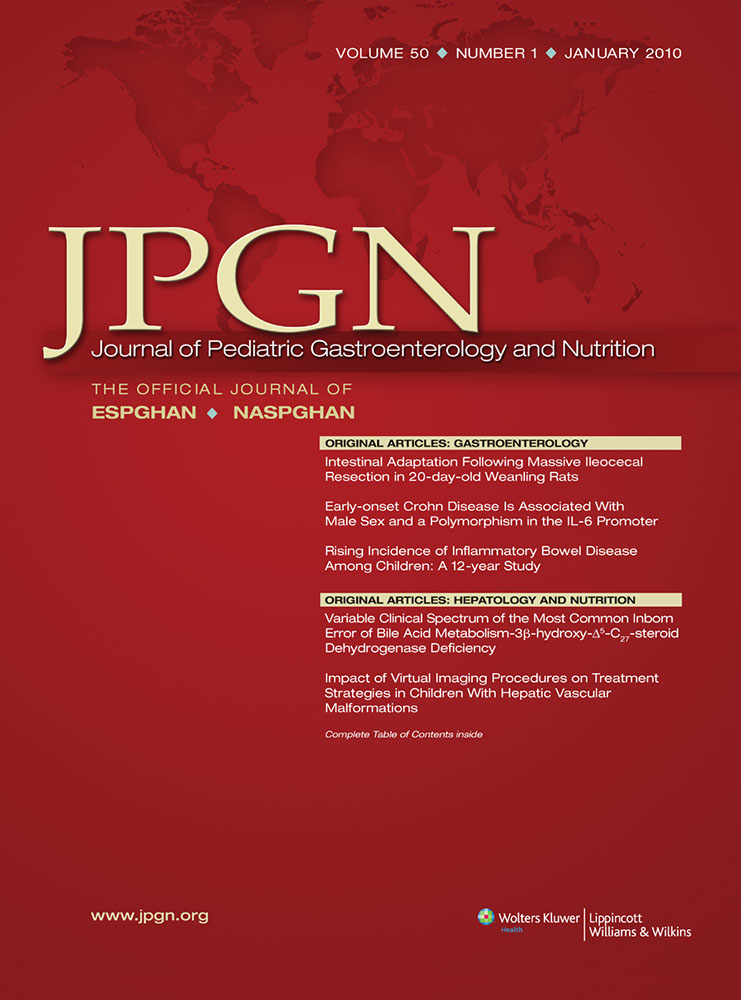Conceptualization and Treatment of Chronic Abdominal Pain in Pediatric Gastroenterology Practice
Portions of this work were presented at the annual meeting of the North American Society for Pediatric Gastroenterology, Hepatology, and Nutrition and at “New Insights Into Childhood Functional Abdominal Pain and IBS: A Multidisciplinary Approach,” a 1-day special topic symposium sponsored by the North American Society for Pediatric Gastroenterology, Hepatology, and Nutrition in October 2007 (Salt Lake City, UT).
The authors report no conflicts of interest.
ABSTRACT
Objectives:
The aim of this study was to examine how children with abdominal pain presently are viewed, assessed, and treated by pediatric gastroenterologists across North America, as well as how perspectives have changed since initial release of the Rome criteria for functional gastrointestinal disorders approximately 15 years ago.
Patients and Methods:
One hundred seventy-four full members of the North American Society for Pediatric Gastroenterology, Hepatology, and Nutrition completed a pediatric gastroenterology practice survey designed by the authors in 2006. The responses were examined for practice patterns and specific knowledge/use of the Rome criteria. The responses were also compared with historical data from 151 North American Society for Pediatric Gastroenterology, Hepatology, and Nutrition members who completed a similar survey in 1992.
Results:
There were few changes in the evaluation, treatment, or outcomes for children with abdominal pain for the past 15 years. Knowledge of the Rome criteria was common, but use in practice was not; several specific problems with the criteria were identified. A mismatch also appeared between belief in the importance of psychological factors in the creation/maintenance of pediatric abdominal pain and integration of these factors as part of standard evaluation and treatment. Finally, controversy emerged regarding both the term “functional” and the importance of histologic inflammation in the pathophysiology of pediatric abdominal pain.
Conclusions:
The evolution and dissemination of the Rome criteria for the past 15 years have not substantially changed evaluation or treatment practices for children with abdominal pain. Many areas of inconsistency and controversy remain. More focused research is needed to better understand this common pain condition and to establish an effective treatment program that can be disseminated across practitioners.




